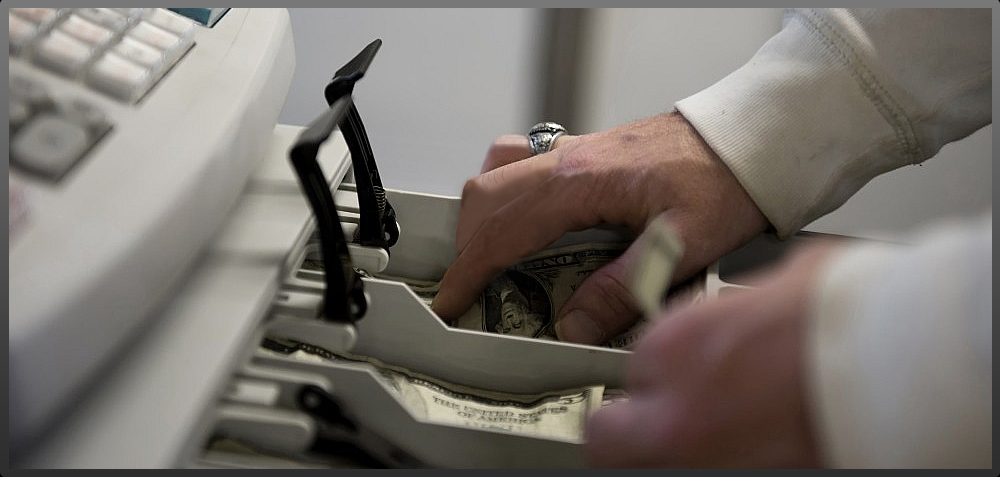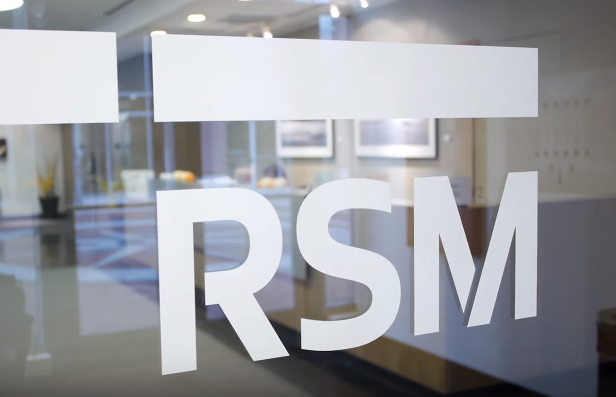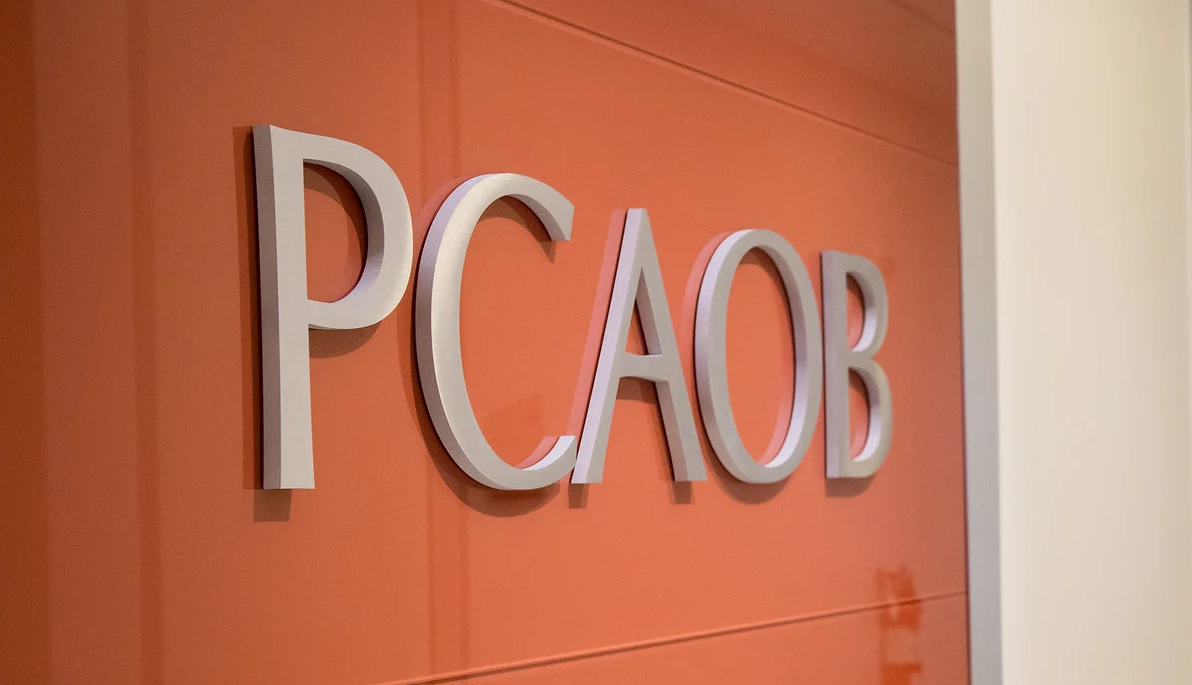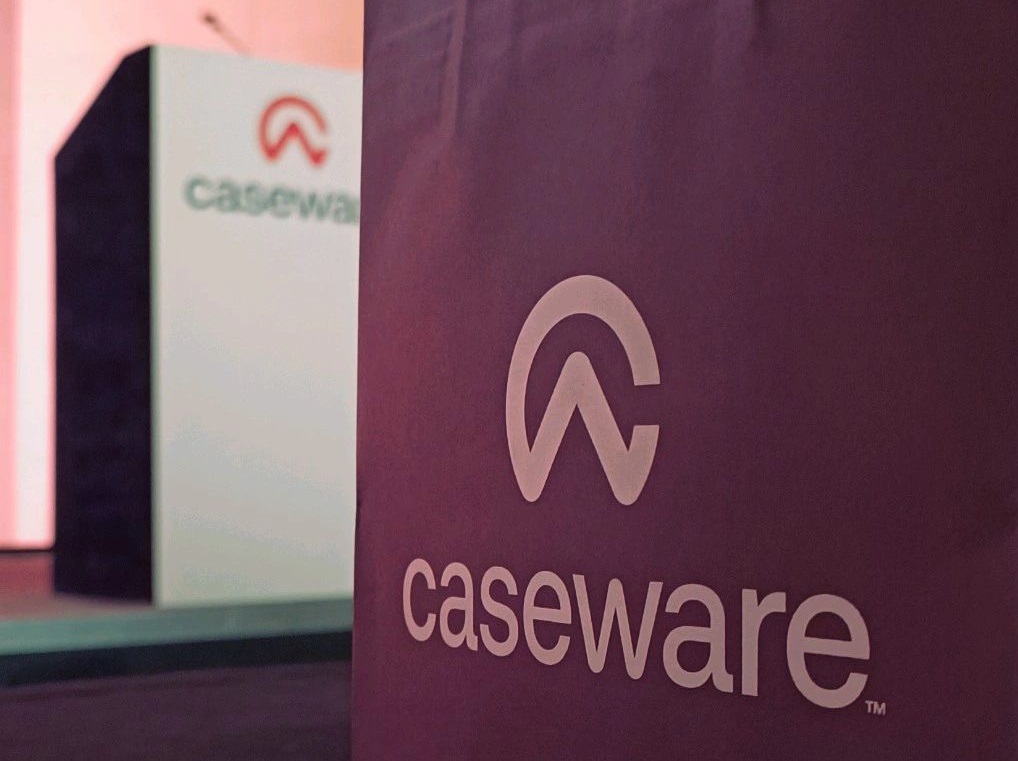Fraud, theft and other preventable losses drain billions of dollars from retailers nationwide as shops confront increasingly sophisticated criminals bent on looting shelves.
A December study by the Centre for Retail Research on behalf of New Jersey-based Checkpoint Systems, a global leader in fighting retail crime, estimated that America’s shops lost $8.9 billion during the holiday season to shoplifters, vendor fraud, deceitful employees and other problems.
That added $98 to each family’s shopping bill as stores tried to recoup losses.The research echoed the National Retail Security Survey published in June by the National Retail Federation and the University of Florida. It pegged losses for America’s 3.6 million retailers at $35 billion in 2011.
There is some good news: The losses in 2011 were down $3.5 billion from those in 2008, when the recession began. Experts credit an increase in shops’ spending on guards and anti-crime gadgets that were cut from corporate budgets during the recession.
“It’s a combination of things. We’re seeing more money spent on loss prevention. That’s been notching up every year,” said Richard Mellor, vice president for Loss Prevention at the Washington-based National Retail Federation.
Key security innovations include anti-theft alarms hidden in products; software that mines sales data, inventory logs and video footage to flag shoplifters and dishonest employees; and increased information sharing between retailers and law enforcement to identify criminal suspects before they strike again.
“Retailers are paying more attention to what shrinkage means to the bottom line,” said Dan Reynolds, vice president of North American Sales and Customer Service for Checkpoint Systems.
The rise of organized crime rings is harder to halt.
The National Retail Security Survey revealed that 96 percent of retailers were victimized by packs of professional pilferers in 2011, perhaps looting as much as $12 billion.
Moving from state to state, the shoplifters often distract employees before snatching consumer goods they can fenced easily, especially online. Their top targets: Alcohol, clothing, toys, perfume, DVDs, hardware, watches and chocolates, according to Checkpoint, which designed ways to identify the criminals’ tools when they enter a store.
“We have to keep one step ahead of them,” Reynolds said.Ross Township Police Department officers try to do just that.
Dramatic heists, such as an autumn spree that targeted the Best Buy electronics store on McKnight Road or the theft of handbags from the Louis Vuitton store in Ross Park Mall in November, attract media attention, but police spend most of their time working with stores to prevent crime and quickly investigate shoplifting bands, then disseminate information about them.”It’s an issue for any township or municipality that has the number of retail stores that we do. Our problem is no different than any other community with many strip malls, malls and others retail outlets,” said Ross police Sgt. Benjamin Dripps.
Best Buy’s theft ring remains at large but Dripps said police still are looking for them.”We do many large-scale investigations. But we always also work closely with the anchor stores at the malls and the shops in strip malls. They’re familiar with our policies and know what we can do with them when we arrive.”
——————
Copyright 2013 – The Pittsburgh Tribune-Review
Thanks for reading CPA Practice Advisor!
Subscribe Already registered? Log In
Need more information? Read the FAQs
Tags: Accounting, Small Business




